Search Images
Browse Content (p. 660)
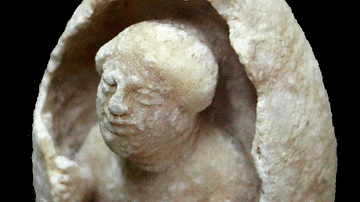
Image
Birth of Helen of Troy
A sculpture showing the birth of Helen of Troy. Helen's mother was Leda who was seduced by Zeus when he was disguised as a swan. Limestone, made in the 5th century BCE. (Archaeological Museum of Metapontum, Italy)

Image
The Abduction of Helen of Sparta
A detail of a scene from an Attic spouted krater perhaps showing the abduction/elopement of Helen of Troy with Paris which sparked off the Trojan War. Other interpretations include Ariadne and Theseus as the two figures. Made c. 735 BCE...
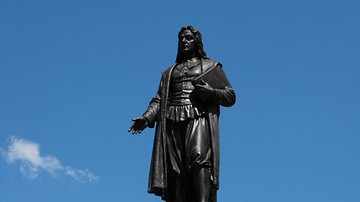
Image
Roger Williams Statue
Statue of Roger Williams (l. 1603-1683 CE), founder of Providence, in the Roger Williams Park, Providence, Rhode Island.
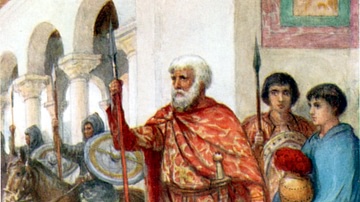
Image
Stilicho by Amédée Forestier
Stilicho, a Vandal, the Roman magister utriusque militiae. Illustration from The Roman Soldier by Amédée Forestier, 1927 CE.
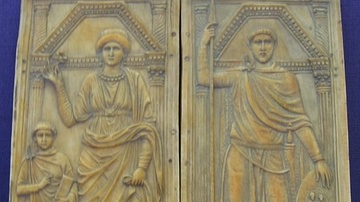
Image
Stilicho with His Wife & Son
Copy of an ivory dyptich, likely depicting Stilicho (365-405 CE) with his wife Serena and his son Eucherius, c. 395 CE.
Römisch-Germanisches Zentralmuseum, Mainz.
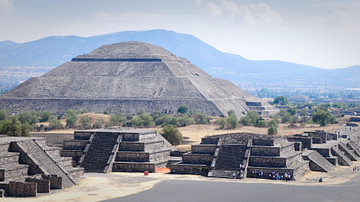
Image
Teotihuacan Panorama
The Pyramid of the Sun, Teotihuacan, Mexico, c. 100 CE. Teotihuacan was the largest, most influential, and certainly most revered city in the history of the New World, and it flourished in Mesoamerica's Golden Age, the Classic Period of the...
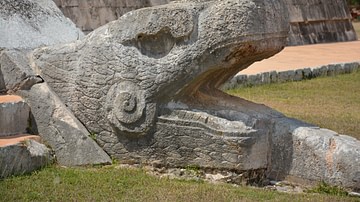
Image
Kukulcan Sculpture, Chichen Itza
A representation of the feathered-serpent god Kukulkan at the base of the Castillo or Pyramid of Kukulcan at the Maya (and possibly later Toltec) centre of Chichen Itza, Yucatan, Mexico. The pyramid was built prior to 1050 CE.
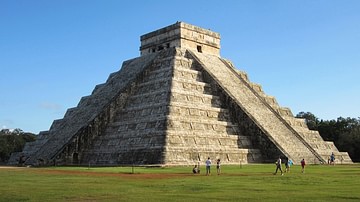
Image
Shadow Effects of the Pyramid of Kukulcan
The Castillo or Pyramid of Kukulcan at the Maya (and possibly later Toltec) centre of Chichen Itza, Yucatan, Mexico. The pyramid was built prior to 1050 CE as a temple to honour the Maya feathered-serpent god Kukulkan. The steps create a...
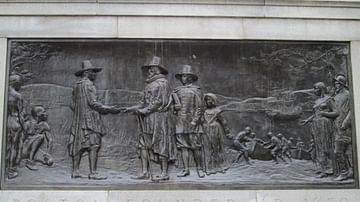
Image
Founders Memorial, Boston
Close-up of the Founders Memorial along the Beacon Mall on the Common, Boston, erected in 1930 CE. Its bronze bas-relief, sitting in a large frame, shows William Blackstone welcoming John Winthrop's (l. c. 1588-1649 CE) party to Shawmut...
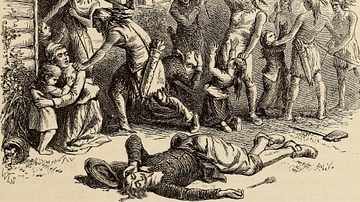
Image
The Murder of Anne Hutchinson
Massacre of Anne Hutchinson, illustration from page 530 of A popular history of the United States: from the first discovery of the western hemisphere by the Northmen, to the end of the first century of the union of the states; preceded by...